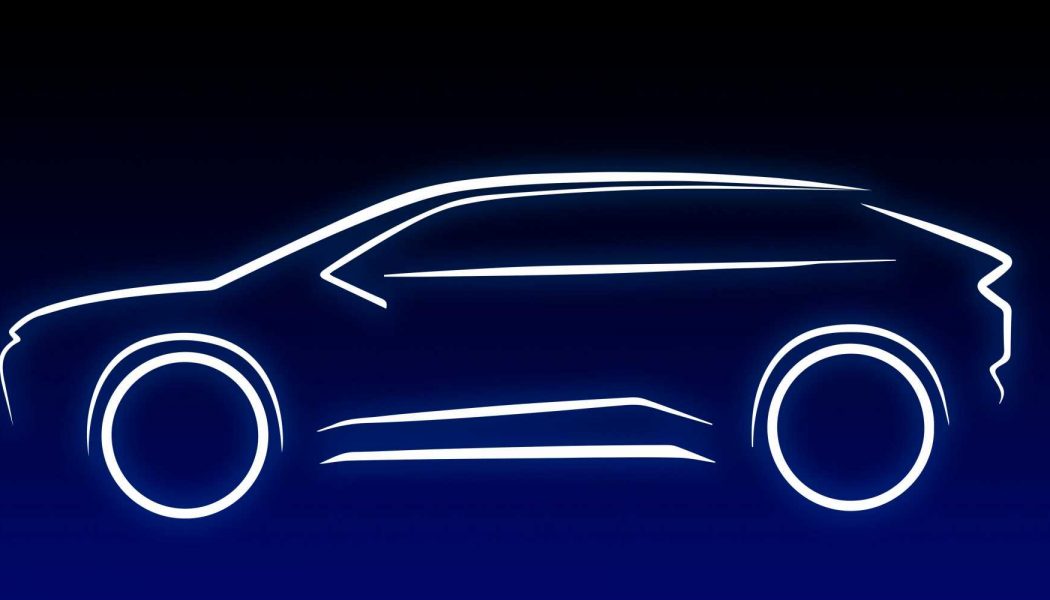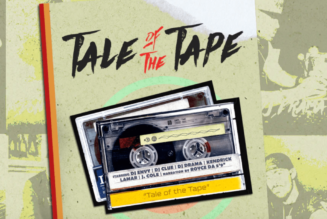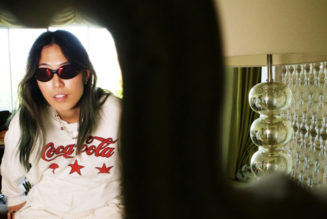There’s a whole lot we don’t know about Hyundai’s upcoming Ioniq 5, and the Korean company’s teaser for the new electric vehicle doesn’t lend much in the way of new or exciting info. What’s its driving range? How much will it cost? Will there be an N version (a pipe dream)? All these questions and more remain unanswered. Heck, we don’t even know what the thing will look like. The only real tidbit this video reveals is that the Ioniq 5 is due to break cover early in 2021.
You can watch the 30-second teaser video below, but be forewarned, there isn’t much there.
Instead of teasing anything about the car, we get a load of snappy catchphrases. This includes: “Extra power for life”, “[e]xtra time for you”, and “[e]xtraordinary experience.” Well, Hyundai, we’d really like a bit of extra info on the Ioniq 5. Still, that’s not stopping us from looking into our automotive media crystal ball…
The Ioniq 5 will likely serve as the production version of the Hyundai 45 concept that made its debut at the 2019 Frankfurt Motor Show. We expect the concept’s boxy design and square headlights to find their way to the production Ioniq 5. The 45 concept was designed as an EV from the get-go and is built around an EV-specific platform that includes a floor-mounted battery pack and an electric motor at each axle.
Even details on the 45 concept are sparse, though. But if “extra power” and “extra time” are to be believed, then it’s possible the Ioniq 5 will offer even more power and driving range than the 201-hp Hyundai Kona Electric and its 258-mile EPA-estimated range. We’d wager the Ioniq 5’s biggest battery pack might afford around 350 miles of driving range on a full charge. Expect Ioniq to offer the 5 with smaller capacity (and less expensive) pack options, too.
What Ioniq intends to charge consumers for the 5 remains a mystery. Nevertheless, we’d guess it’ll undercut the likes of the Volkswagen ID4 and Mustang Mach-E and wear a base price close to that of the $38,365 Kona Electric. That said, take our guesswork with a grain of salt. After all, we’re pretty good at reliably reading our crystal ball, but we’re certainly not perfect at it.









